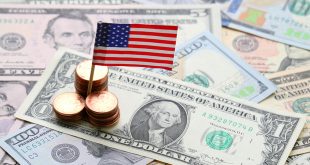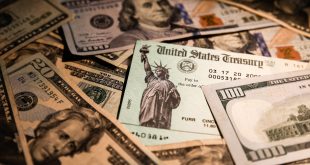Investors are more confident now than they were before the banking crisis in March that the Fed will lower interest rates in the second half to prevent a recession. Bond yields have decreased as a result of such bets, boosting the massive growth and technology stocks that control broad market indices. The S&P 500 has gained 6.9% so far in 2023.
But the central bank’s more restrictive rate outlook sees borrowing costs remaining around current levels through 2023. That view could gain support if next week’s inflation reading shows a strong rise in consumer prices even after aggressive Fed rate hikes over the past year.
Investors will start to price interest rates closer to where the Fed is if CPI comes in strongly, which will probably put pressure on asset values. The company advises clients to modestly underweight equities because it expects interest rate increases to have an adverse effect on business profits and consumer spending.
The US labour market remains tight, as evidenced by the March employment figures, which were reported on Friday. This could lead the Fed to raise rates once again next month.
Investors are increasingly concerned about a recession, betting that the upheaval in the banking sector brought on by Silicon Valley Bank’s collapse in March will tighten credit standards and harm growth.
The Fed’s favourite recession indicator in the bond market fell to new lows in the past week, supporting the argument made by those who think the central bank will soon need to lower rates. The indicator contrasts the current yield on a three-month Treasury bill with the implied forward rate on Treasury notes that mature in 18 months.
Pricing in futures markets reveals investors’ bets that easing by the central bank later this year will cause the fed funds rate to fall from its present level of 4.75% to 5% to roughly 4.3% by year’s end. Yet, according to Fed policymakers’ predictions, few rate reduction are anticipated before 2024.
The Fed and the financial markets are using two separate playbooks. Tech and growth stocks have risen as a result of bets on a more dovish Fed, as future profits are discounted less as interest rates decline. Since March 8, the S&P 500 technology sector has increased 6.7%, more than double the increase for the index as a whole.
Investors will also be keeping an eye on first-quarter earnings, which begin next week and are due on Friday for large banks including JPMorgan and Citigroup. According to analysts, S&P 500 earnings would decrease 5.2% in the first quarter compared to the same time last year.
The Fed’s recent actions to stabilize the banking system may have given some investors renewed hope for a so-called Fed-put, which refers to expectations that the central bank will act if stock prices fall too far even though it has no mandate to maintain asset prices.

 Noor Trends News, Technical Analysis, Educational Tools and Recommendations
Noor Trends News, Technical Analysis, Educational Tools and Recommendations




